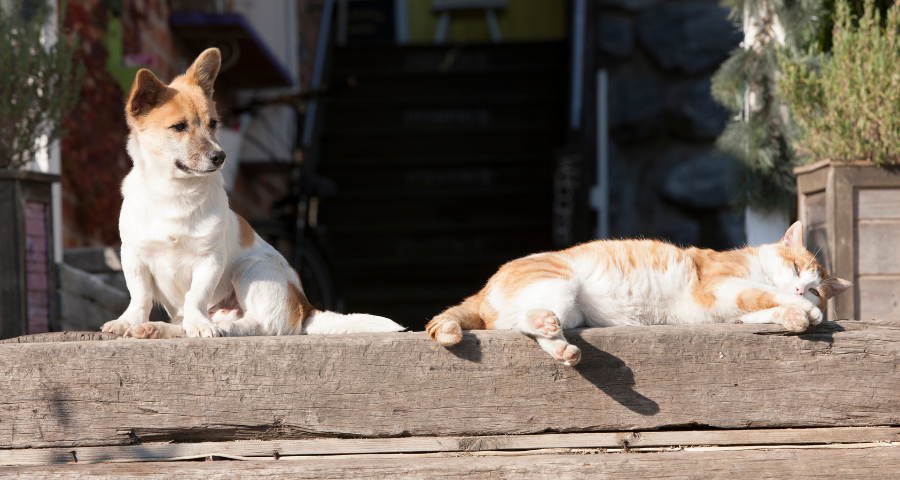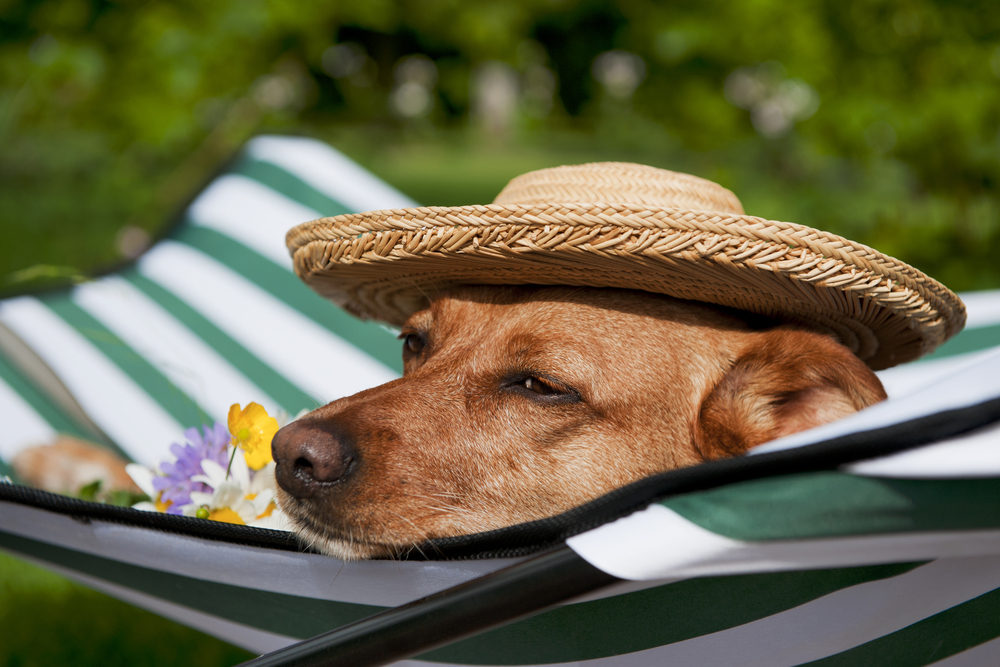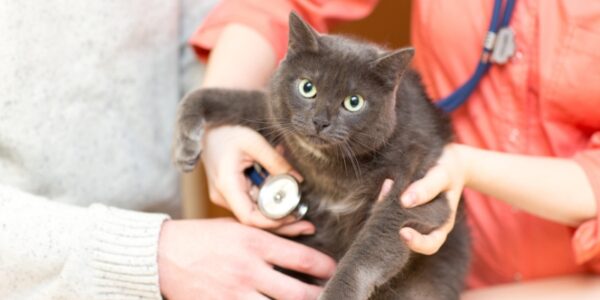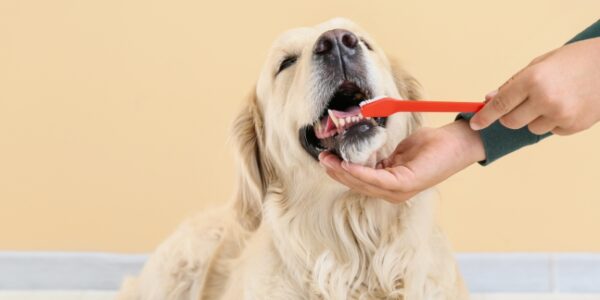We all love spending time outdoors on these long summer days, and our pets are no exception! The increased activity is great for their mental and physical health. To prevent some common warm-weather hazards from ...
Read More
Category: Puppies
-

-
 During summer, most of our pet patients visit our Narre Warren North veterinary clinic because they have been overexposed to the harsh sun. In this blog, we are explaining the different health consequences that t...
During summer, most of our pet patients visit our Narre Warren North veterinary clinic because they have been overexposed to the harsh sun. In this blog, we are explaining the different health consequences that t...
Read More -
 As a conscientious puppy parent, you do everything you can to set your puppy up for a long, happy and healthy life: you have them vaccinated to protect against devastating diseases like parvovirus, distemper and ...
As a conscientious puppy parent, you do everything you can to set your puppy up for a long, happy and healthy life: you have them vaccinated to protect against devastating diseases like parvovirus, distemper and ...
Read More






